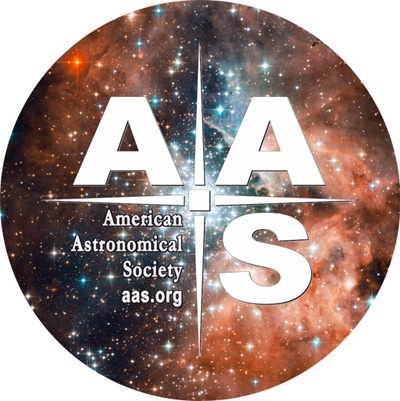25 November 2020
Susanna Kohler

Artist’s impression of the outer reaches of our solar system. [NASA, ESA, G. Bacon (STSci)]

What thoughts keep you awake at night? If it’s questions about how our solar system is going to end … wow, you really focus on the big picture! But some scientists have wondered the same thing, and they’ve got an answer for you: part of it will be swallowed, and the rest is probably going to disintegrate.
After the Sun Grows Old
Studying the likely fate of our solar system is “one of the oldest pursuits of astrophysics, tracing back to Newton himself,” according to the opening of a recent publication led by Jon Zink (UC Los Angeles). Though the tradition is long, this field is complicated: solving for the dynamical interactions between many bodies is a notoriously difficult problem.

As the Sun evolves, it will become a red giant star, growing in size until it has engulfed the inner planets. Credit:Roen Kelly.
What’s more, it’s not just the dynamics of unchanging objects that need to be taken into account. The Sun will evolve dramatically as it ages off the main sequence, ballooning up to a size that engulfs the orbits of Mercury, Venus, and Earth and losing nearly half of its mass over the next 7 billion years.
The outer planets will survive this evolution, but they won’t escape unscathed: since the gravitational pull of the Sun’s mass is what governs the planets’ orbits, our Sun’s weight loss will cause the outer planets to drift even farther out, weakening their tether to our solar system.
What happens next? Zink and collaborators play out the scenario using a series of N-body numerical simulations.
A Solar System No More
The authors’ simulations explore what happens to our outer planets after the Sun consumes the inner planets, loses half its mass, and begins its new life as a white dwarf. Zink and collaborators show how the giant planets will migrate outward in response to the Sun’s mass loss, forming a stable configuration in which Jupiter and Saturn settle into a 5:2 mean motion resonance — Jupiter will orbit five times for every two orbits of Saturn.

This plot shows when each outer planet is ejected from the solar system in the authors’ 10 simulations (represented by different colors). Credit: Zink et al. 2020.
But our solar system doesn’t exist in isolation; there are other stars in the galaxy, and one passes near to us roughly every 20 million years. Zink and collaborators include the effects of these other stars in their simulations. They demonstrate that within about 30 billion years, stellar flybys will have perturbed our outer planets enough that the stable configuration will turn chaotic, rapidly launching the majority of the giant planets out of the solar system.
The last planet standing will stick around for a while longer. But within 100 billion years, even this final remaining planet will also be destabilized by stellar flybys and kicked out of the solar system. After their eviction, the giant planets will independently roam the galaxy, joining the population of free-floating planets without hosts.
Our fate, then, is bleak: the combination of solar mass loss and stellar flybys will lead to the complete dissolution of the solar system, according to these simulations. The good news? This fate is many billions of years in the future — so you needn’t lose sleep over it.
Citation
“The Great Inequality and the Dynamical Disintegration of the Outer Solar System,” Jon K. Zink et al 2020 AJ 160 232.
https://iopscience.iop.org/article/10.3847/1538-3881/abb8de
See the full article here .

five-ways-keep-your-child-safe-school-shootings
Please help promote STEM in your local schools.

AAS Mission and Vision Statement
The mission of the American Astronomical Society is to enhance and share humanity’s scientific understanding of the Universe.
The Society, through its publications, disseminates and archives the results of astronomical research. The Society also communicates and explains our understanding of the universe to the public.
The Society facilitates and strengthens the interactions among members through professional meetings and other means. The Society supports member divisions representing specialized research and astronomical interests.
The Society represents the goals of its community of members to the nation and the world. The Society also works with other scientific and educational societies to promote the advancement of science.
The Society, through its members, trains, mentors and supports the next generation of astronomers. The Society supports and promotes increased participation of historically underrepresented groups in astronomy.
The Society assists its members to develop their skills in the fields of education and public outreach at all levels. The Society promotes broad interest in astronomy, which enhances science literacy and leads many to careers in science and engineering.
Adopted June 7, 2009
